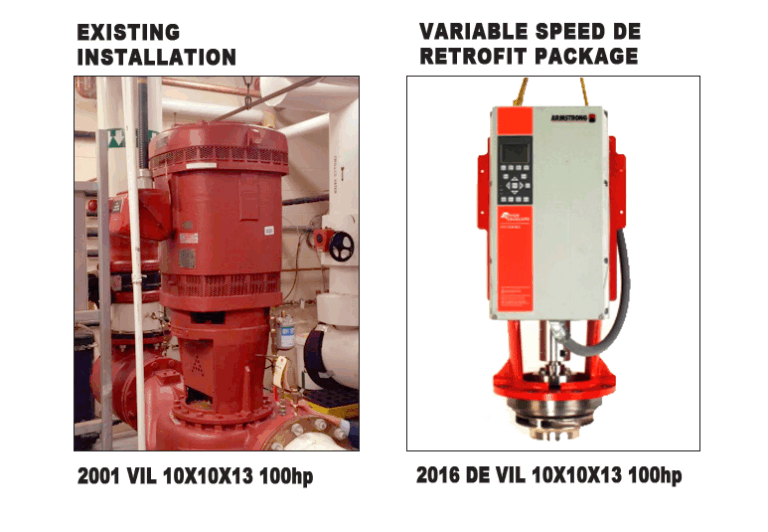June 27, 2007—Minnesota Governor Tim Pawlenty recently signed a bill that establishes a goal for the state to cut its energy consumption by 25 percent by 2025, according to the US Department of Energy’s (DOE) Office of Energy Efficiency and Renewable Energy (EERE).
The Next Generation Energy Act of 2007 (SF145) requires utilities and electric associations to set an annual energy-savings goal equal to 1.5 percent of their retail energy sales. The bill directs the state’s public utilities commission to adjust utilities’ performance incentives so they align with that annual goal and to establish a way to decouple utility profits from sales in a way that removes financial disincentives for utilities.
Selling less energy usually means less profit for utilities, and so long as that direct coupling between sales and profits is in place, utilities are financially discouraged from helping their customers to save energy, explains EERE.
To help utilities achieve their goal, the bill also sets a state goal of earning Energy Star labels for 1,000 commercial buildings and green building certification for 100 commercial buildings by the end of 2010.
According to EERE, the Next Generation Energy Act also sets the state’s greenhouse gas (GHG) reduction goals at 15 percent by 2015, 30 percent by 2025, and 80 percent by 2050. The act requires a plan to meet the goals by February 2008. That plan must include a cap-and-trade system for carbon dioxide emissions from power plants.
Until that system is fully implemented, the act prohibits utilities from building or buying their power from a facility larger than 50 megawatts in capacity that would increase greenhouse gas emissions (with some exceptions). The plan also expands the state’s efforts to encourage community-based energy projects beyond wind power to include all renewable energy projects.
In mid-May, the governor also signed a bill that requires any building that is constructed or maintained with state funds to consider using solar thermal or geothermal systems when installing or replacing their heating or cooling systems. The requirement also applies to privately owned buildings that are receiving state funds for replacing their heating or cooling systems.









